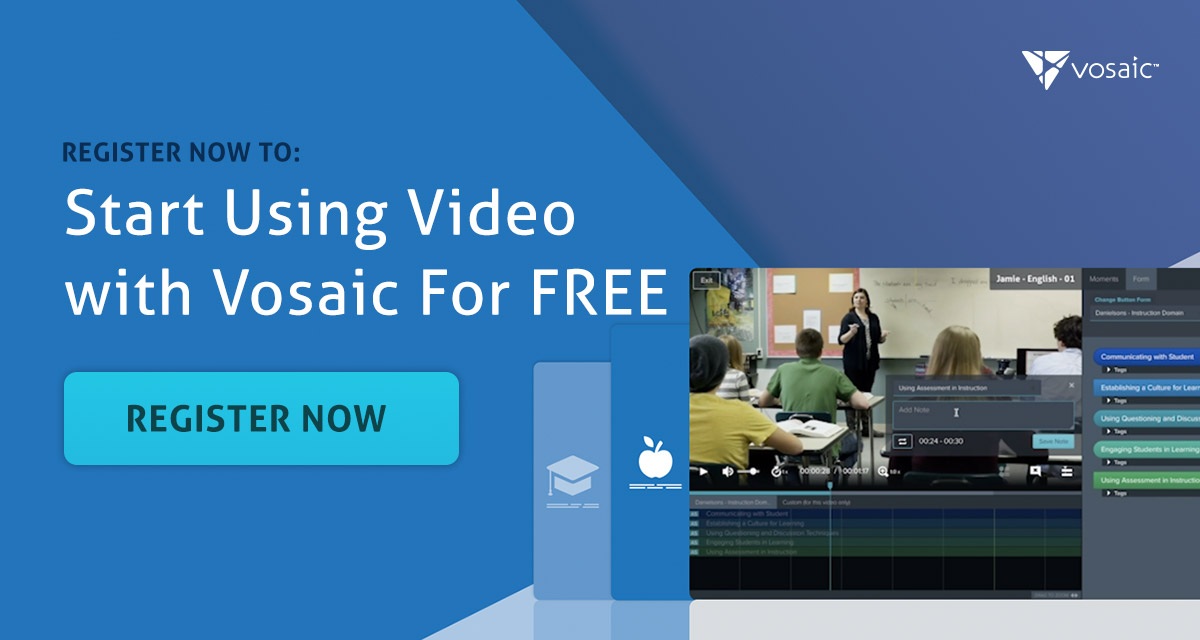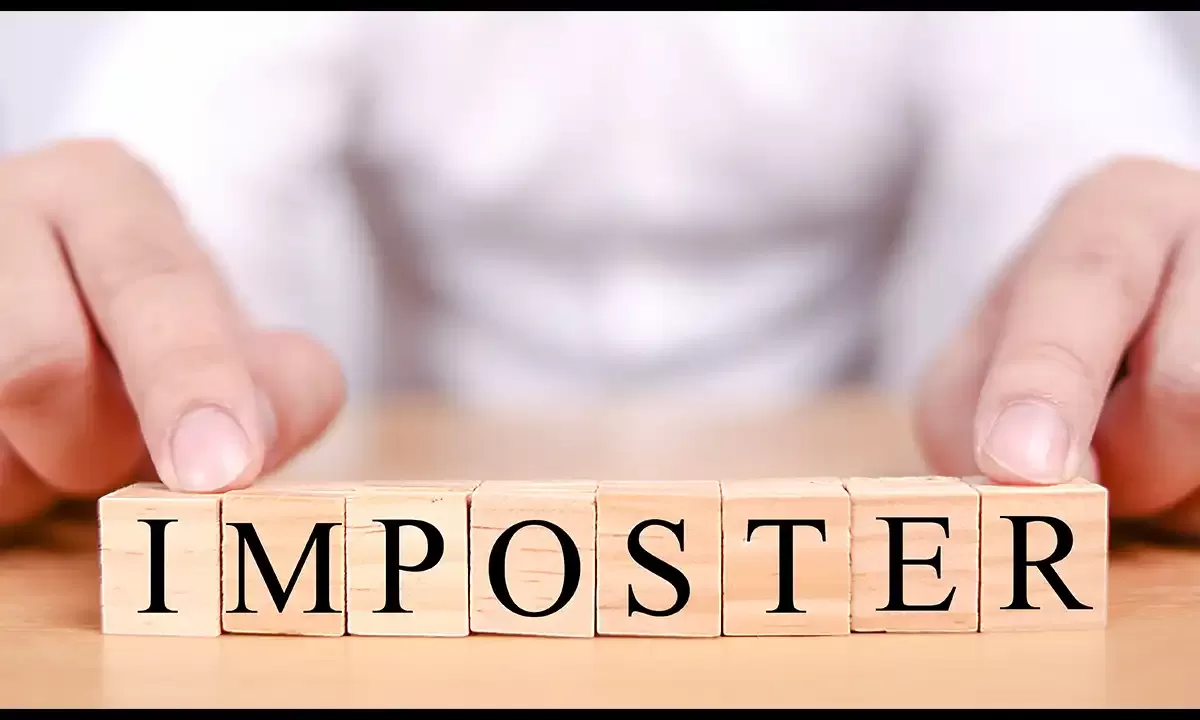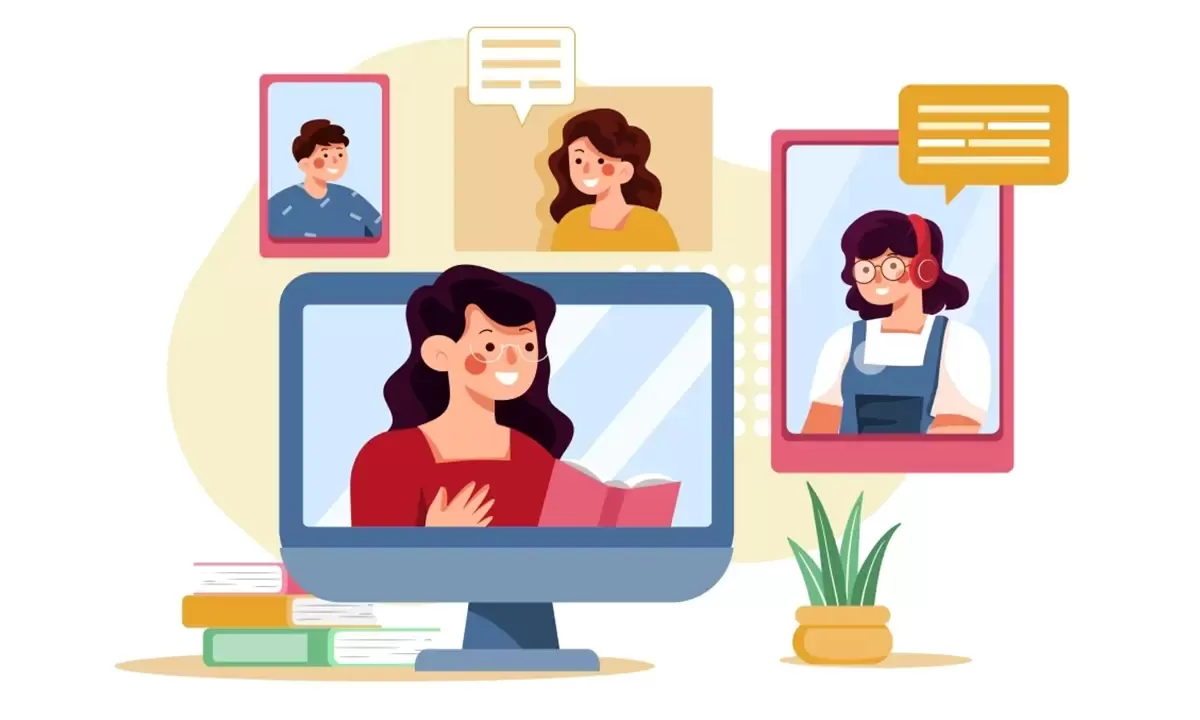Instructional coaches acknowledge the vital role of cultivating reflective practices among teachers to enhance their effectiveness and the quality of instruction. By steering teachers towards objective self-reflection through detailed discussions of classroom events rather than personal feelings about their teaching, coaches can help teachers identify areas of strength and facilitate purposeful reflective conversations that are both productive and unbiased.
The See, Think, Do framework, initially designed for problem-solving in computer programming, has proven to be an adaptable and effective tool for facilitating reflective conversations between teachers and coaches. Its compatibility with video resources is equally effective for both remote and face-to-face settings making it an invaluable asset for instructional coaches seeking to initiate meaningful exchanges.
Six Steps of the See, Think, Do Framework
- Observe
- Describe
- Process
- Analyze
- Draw Conclusions
- Plan

See: Observe and Describe
The first step in the See, Think, Do framework involves guiding teachers to objectively observe and describe a specific classroom moment captured on video. The emphasis here is on unbiased observation free of judgements or interpretations. This step sets the foundation for a productive conversation by focusing on concrete actions and occurrences rather than subjective opinions.
Throughout this process, teachers become more attuned to the details of their teaching practices. They might notice student reactions, body language, instructional materials used, and even their verbal cues that may have gone unnoticed during the actual teaching experience. By immersing themselves in observation of their practice, teachers can construct a comprehensive picture of what transpired in their classroom.
Think: Process and Analyze
After thoroughly observing the video segment, teachers progress to the Think stage. Here, coaches prompt teachers to analyze and interpret their observations objectively. This step involves probing questions that encourage deeper thinking and reflection, such as:
"What patterns or trends do you notice in the student responses?
"How did your instructional choices impact student engagement?"
"Were there any surprises or unexpected outcomes?"
The objective is to guide teachers to uncover meaningful insights about their teaching practices through visual learning. Coaches can facilitate this process by creating an environment where teachers feel comfortable exploring the intricacies of their instructional decisions and strategies. By delving into the thought processes behind their actions, teachers can uncover the underlying reasons for their teaching methods and motives. This self-discovery often leads to identifying strengths and areas for growth.
Examples of Coaching Prompts
Table 3 - Examples of coach prompts to guide the reflective conversation
Six-Step Process | Coach Prompts |
|---|---|
Observe | "Let's watch this clip of the recording you submitted.." |
Describe | "Let's spend a few minutes reflecting." "I would like for you to give me a play-by-play of what happened: Who was there? What they were doing? What was said? "I just want a clear picture of what was really going on." |
Process | "Talk about what you were feeling before you started the lesson." Follow-up questions: How did you think the student would answer? How did you feel when the student answered incorrectly? How do you feel now? |
Analyze | "Tell me about the things that worked out (and/or did not work out) the way you planned." "Why do you think [X] happened the way it did?" "What did you notice about [student name] during the activity?" "Why do you think [student name] responded that way during the activity?" |
Draw Conclusions | "What is your takeaway from this reflection?" "What did you learn worked well from this experience?" |
Plan | "What are specific action steps you will take based on what we discussed today?" "Are there any professional development opportunities that would help you around this area?" "What type of support can I provide?" |
Early Childhood Education Journal (2023) 51:827-835
Do: Draw Conclusions and Plan
The final step in the See, Think, Do framework involves translating insights gained during the reflective process into actionable goals. Collaboratively, teachers and coaches identify specific strategies or adjustments they can implement in their future teaching practices. These goals are grounded in evidence-based observations and thoughtful analysis, providing a clear roadmap for improvement.
Coaches play a pivotal role in this stage by facilitating a goal-setting process rooted in the SMART criteria: Specific, Measurable, Achievable, Relevant, and Time-bound. They assist teachers in breaking down broader goals into manageable steps and encourage innovative teaching techniques. Additionally, coaches can provide relevant resources, research, and best practices to support teachers in achieving their goals.
Stay on Top of Important Discoveries
We read case studies and academic journals so you don’t have to. Sign up and we’ll send you the key takeaways.
Adapting the Framework to Different Settings
A noteworthy feature of the See, Think, Do framework is its adaptability across various coaching settings. Whether coaching conversations occur in person or remotely, the framework remains effective. In a face-to-face setting, coaches can guide teachers through each stage of the framework using printed materials, interactive discussions, and shared video clips.
In a remote setting, technology becomes a powerful tool. Teachers can record their classroom sessions and share the video with the coach, who then leads them through the See, Think, Do process via video feedback or conferencing platforms. This virtual approach not only transcends geographical barriers but also harnesses the benefits of technology-enhanced learning, a skill that teachers can in turn model for their students.
Example of coaching modality
Table 2 - Coaching modality and coaching context matrix
| Remote Coaching | Face-to-face | |
|---|---|---|
| One-on-one | Use videoconferencing platforms (e.g., Skype, Zoom, Facetime) Share video so that both viewers (e.g., coach and teacher) are able to view video simultaneous on screen | Record teacher implementation of a lesson/activity during an observation OR ask teacher to record a lesson/activity Share the recorded video during a debrief with a teacher with a focus on the teacher's goals/priorities for improvement |
| Small Group (e.g., professional learning communities) | use video conferencing platform (e.g., Skype, Zoom, FaceTime) Use videoconferencing platforms (e.g., Skype, Zoom, Facetime) Share video so that both viewers (e.g., coach and teacher) are able to view video simultaneous on screen Allocate a specific amount of time on each teacher's video clip(s), ensuring that equal amounts of time were spent on each teacher Moderate discussions around clips, soliciting feedback and additional teacher perspectives | Record teachers' implementation of a lesson/activity during observations OR ask teacher to record a lesson/activity that are aligned with teachers' goals/priorities for improvement Share the recorded videos during the small group meeting Allocate a specific amount of time on each teacher's video clip(s), ensure equal amounts of time spent on each teacher video Moderate discussions around clips, soliciting feedback and alternative perspectives from all teachers |
Early Childhood Education Journal (2023) 51:827-835
Benefits and Impact
Implementing the See, Think, Do framework in reflective coaching conversations yields numerous benefits for both teachers and instructional coaches.
Primarily, it shifts the focus from a passive review of teaching practices to actively engaging with one's instruction. This empowerment motivates teachers to take ownership of their professional development and proactively seek areas for improvement.
Secondly, the framework nurtures a growth-oriented mindset. Instead of fixating on perceived failures, teachers learn to view challenges as opportunities for growth. The structured nature of the See, Think, Do process guides teachers away from self-criticism and towards constructive reflection, fostering resilience and adaptability. Moreover, the framework fosters a collaborative partnership between teachers and coaches, promoting mutual understanding. This non-judgmental observation and open-ended questioning approach builds trust and encourages teachers to share their experiences and concerns.
Challenges and Strategies
While the See, Think, Do framework offers a valuable structure for reflective coaching conversations, challenges may arise during its implementation. One potential hurdle is the discomfort some teachers might feel when observing themselves on video. This self-consciousness can hinder their ability to objectively analyze their teaching practices.
To address this challenge, coaches can emphasize the non-evaluative nature of the exercise. The goal is not to critique a teacher's performance but to dissect the teaching process together. Gradually acclimating teachers to video reflection through shorter clips and fostering a culture of trust can help mitigate discomfort.
Conclusion
The See, Think, Do framework has emerged as a transformative tool for instructional coaches aiming to elevate reflective coaching conversations. By guiding teachers through the process of objective observation, thoughtful analysis, and actionable goal-setting, coaches empower educators to drive their professional growth.
It equips teachers with the skills to identify their unique strengths and areas for development, fostering enhanced instruction and enriched student learning experiences. As educational landscapes evolve, the See, Think, Do framework stands as a beacon of reflective practice, illuminating the path to continuous improvement and educational excellence.
If you don't have a Vosaic account for teacher coaching and observation, you can start with a free trial today.

About Vosaic
Vosaic’s cloud-based video feedback platform is used in teacher coaching settings to facilitate private PD conversations around teacher-recorded videos of practice. Coaches can precisely mark moments and provide text or video feedback to encourage deep thinking and help bridge the gap between theory and practice.



